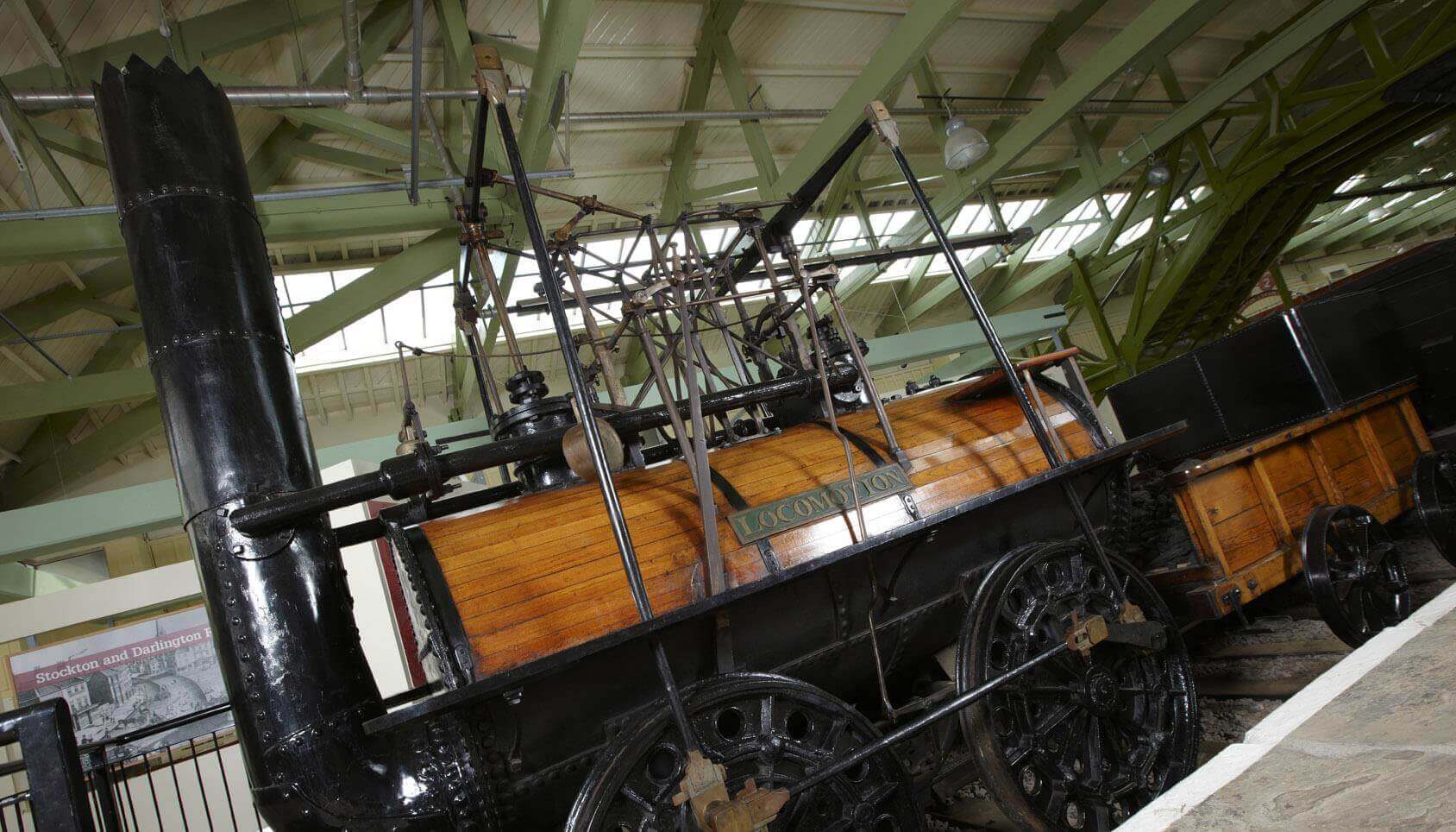Trackbedjolly
Member
Apparently the early steam locos and bridges were made of steel-I always thought locos were iron with wooden or iron bridges
'Darlington MP Peter Gibson said:
'"Locomotion No.1 is an essential part of our town’s identity, cast in steel on the pillars that hold our railway bridges up...."'

 www.darlington.gov.uk
www.darlington.gov.uk
Anyone else agree with me?
'Darlington MP Peter Gibson said:
'"Locomotion No.1 is an essential part of our town’s identity, cast in steel on the pillars that hold our railway bridges up...."'

Future plans agreed for Locomotion No. 1
Darlington Borough Council (DBC) and the Science Museum Group (SMG) have reached an agreement that will see the historic engine Locomotion No.1 return to Head of Steam in the first half of 2025 – the bicentenary year for the iconic Stockton & Darlington Railway.
Anyone else agree with me?
